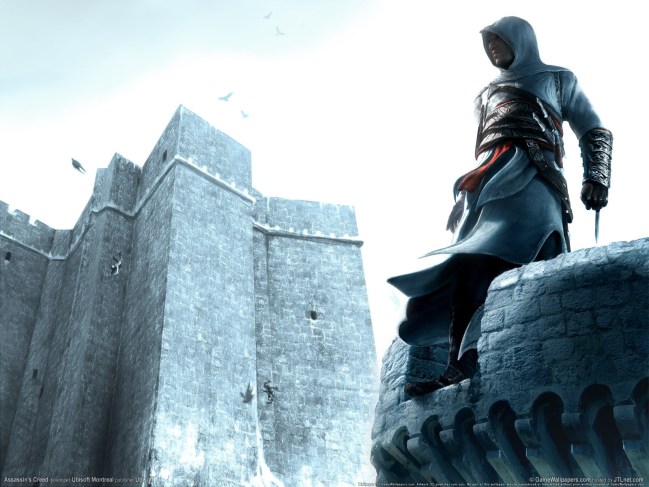 If you want something done right, do it yourself. Such seems to be the message coming from French video game giant, Ubisoft. Not content to watch its properties either languish in the recesses of Hollywood studios that buy properties as often to avoid others having them as to actually make a movie from it, or to watch the lucky few properties make it all the way to the big screen be met with mixed reviews ala Prince of Persia, Ubisoft has decided to take matters into its own hands.
If you want something done right, do it yourself. Such seems to be the message coming from French video game giant, Ubisoft. Not content to watch its properties either languish in the recesses of Hollywood studios that buy properties as often to avoid others having them as to actually make a movie from it, or to watch the lucky few properties make it all the way to the big screen be met with mixed reviews ala Prince of Persia, Ubisoft has decided to take matters into its own hands.
According to Variety, Ubisoft is in the process of launching Ubisoft Motion Pictures specifically to develop its own properties for TV and the cinema. The new division will be headquartered in Paris, and will be run by Jean-Julien Baronnet, the former CEO of Luc Besson’s EuropaCorp. Jean de Rivieres, former head of distribution for Walt Disney Studios Motion Pictures France will be in charge of marketing and international sales.
The decision is likely spurred on by last year’s Prince of Persia: Sands of Time, which went on the earn $355 million worldwide, a respectable number, but far short of the franchise building numbers that Disney had hoped to see when it dubbed the film “the new Pirates of the Caribbean.” It did, however, show Ubisoft that there was money to be made in film versions of its properties. The developer may also be further bolstered by the success of Marvel Entertainment, which has been on a roll adapting its properties to the big screen.
Besides the Prince of Persia series—which is likely now booby-trapped with myriad legal and rights issues—the developer is sitting on some of the most popular video game franchises of the last decade, including the Splinter Cell and Rainbow Six games (although those may be complicated by the Tom Clancy license), the FarCry series (already a terrible movie directed by Uwe Boll), and the Assassin’s Creed games, which almost certainly have the most potential to be translated to either film or television.
Editors' Recommendations
- Assassin’s Creed Mirage comes to iPhones and iPads this June
- The best Prince of Persia games, ranked
- Prince of Persia: The Lost Crown’s ending, explained
- All amulet holder locations in Prince of Persia: The Lost Crown
- How to get all Athra Surges in Prince of Persia: The Lost Crown


